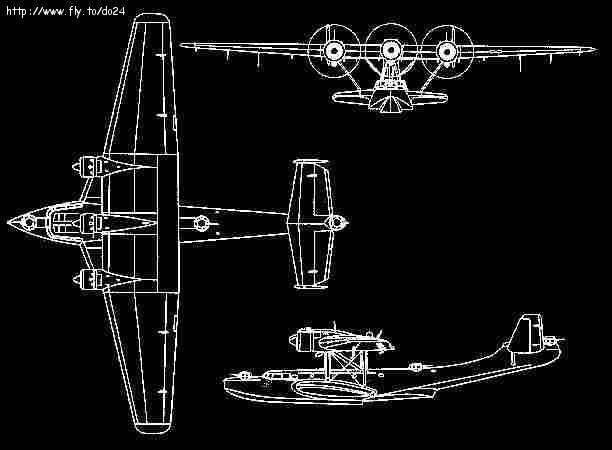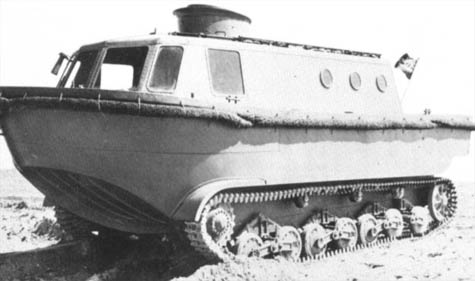You are not logged in.
Dear visitor, welcome to WesWorld. If this is your first visit here, please read the Help. It explains in detail how this page works. To use all features of this page, you should consider registering. Please use the registration form, to register here or read more information about the registration process. If you are already registered, please login here.

This post has been edited 2 times, last edit by "howard" (Oct 8th 2008, 7:34pm)



This post has been edited 2 times, last edit by "howard" (Oct 16th 2008, 6:17pm)


This post has been edited 2 times, last edit by "howard" (Oct 16th 2008, 6:22pm)
This post has been edited 1 times, last edit by "Hrolf Hakonson" (Oct 9th 2008, 2:14pm)

This post has been edited 2 times, last edit by "howard" (Oct 16th 2008, 6:28pm)
Quoted
Originally posted by Hrolf Hakonson
Scuba gear hasn't really been invented yet, it won't be invented until 1943 by Cousteau and Gagnan. Some early rebreathers are available, though. The first military frogman unit (the Italian 10th Light Flotilla) formed in 1940, based on a suggestion from October 1935.
Quoted
n 1853 Professor T. Schwann designed a rebreather in Belgium; he exhibited it in Paris in 1878.[3]
In 1878 Henry Fleuss invented the first certainly known rebreather using stored oxygen and absorption of carbon dioxide by an absorbent (here rope yard soaked in caustic potash solution), to rescue mineworkers who were trapped by water. [4]
The Davis Escape Set was the first rebreather which was practical for use and produced in quantity. It was designed about 1900 in Britain for escape from sunken submarines. Various industrial oxygen rebreathers (e.g. the Siebe Gorman Salvus and the Siebe Gorman Proto, both invented in the early 1900s) were descended from it; this link shows a Draeger rebreather used for mines rescue in 1907.
In 1903 to 1907 Professor Georges Jaubert, invented Oxylithe, which is a form of sodium peroxide (Na2O2) or sodium dioxide (NaO2). As it absorbs carbon dioxide it emits oxygen. In 1909 Captain S.S. Hall, R.N., and Dr. O. Rees, R.N., developed a submarine escape apparatus using Oxylithe; the Royal Navy accepted it. It was used for shallow water diving but never in a submarine escape[4]; it was used in the first filming (1907) of Twenty Thousand Leagues Under the Sea.
The first known systematic use of rebreathers for diving was by Italian sport spearfishers in the 1930s. This practice came to the attention of the Italian Navy, which developed its frogman unit, which affected World War II.[4]
This post has been edited 1 times, last edit by "howard" (Oct 9th 2008, 8:17pm)
Quoted
Originally posted by thesmilingassassin
A good history.
http://en.wikipedia.org/wiki/Timeline_of…ater_technology
Quoted
Originally posted by howard
Quoted
Originally posted by Hrolf Hakonson
Scuba gear hasn't really been invented yet, it won't be invented until 1943 by Cousteau and Gagnan. Some early rebreathers are available, though. The first military frogman unit (the Italian 10th Light Flotilla) formed in 1940, based on a suggestion from October 1935.
???????????????????????????????
Quoted
n 1853 Professor T. Schwann designed a rebreather in Belgium; he exhibited it in Paris in 1878.[3]
In 1878 Henry Fleuss invented the first certainly known rebreather using stored oxygen and absorption of carbon dioxide by an absorbent (here rope yard soaked in caustic potash solution), to rescue mineworkers who were trapped by water. [4]
The Davis Escape Set was the first rebreather which was practical for use and produced in quantity. It was designed about 1900 in Britain for escape from sunken submarines. Various industrial oxygen rebreathers (e.g. the Siebe Gorman Salvus and the Siebe Gorman Proto, both invented in the early 1900s) were descended from it; this link shows a Draeger rebreather used for mines rescue in 1907.
In 1903 to 1907 Professor Georges Jaubert, invented Oxylithe, which is a form of sodium peroxide (Na2O2) or sodium dioxide (NaO2). As it absorbs carbon dioxide it emits oxygen. In 1909 Captain S.S. Hall, R.N., and Dr. O. Rees, R.N., developed a submarine escape apparatus using Oxylithe; the Royal Navy accepted it. It was used for shallow water diving but never in a submarine escape[4]; it was used in the first filming (1907) of Twenty Thousand Leagues Under the Sea.
The first known systematic use of rebreathers for diving was by Italian sport spearfishers in the 1930s. This practice came to the attention of the Italian Navy, which developed its frogman unit, which affected World War II.[4]
from here:
http://en.wikipedia.org/wiki/Rebreather
I research[/u[] this stuff.
H.
Quoted
Originally posted by Hrolf Hakonson
Quoted
Originally posted by howard
Quoted
Originally posted by Hrolf Hakonson
Scuba gear hasn't really been invented yet, it won't be invented until 1943 by Cousteau and Gagnan. Some early rebreathers are available, though. The first military frogman unit (the Italian 10th Light Flotilla) formed in 1940, based on a suggestion from October 1935.
???????????????????????????????
Quoted
n 1853 Professor T. Schwann designed a rebreather in Belgium; he exhibited it in Paris in 1878.[3]
In 1878 Henry Fleuss invented the first certainly known rebreather using stored oxygen and absorption of carbon dioxide by an absorbent (here rope yard soaked in caustic potash solution), to rescue mineworkers who were trapped by water. [4]
The Davis Escape Set was the first rebreather which was practical for use and produced in quantity. It was designed about 1900 in Britain for escape from sunken submarines. Various industrial oxygen rebreathers (e.g. the Siebe Gorman Salvus and the Siebe Gorman Proto, both invented in the early 1900s) were descended from it; this link shows a Draeger rebreather used for mines rescue in 1907.
In 1903 to 1907 Professor Georges Jaubert, invented Oxylithe, which is a form of sodium peroxide (Na2O2) or sodium dioxide (NaO2). As it absorbs carbon dioxide it emits oxygen. In 1909 Captain S.S. Hall, R.N., and Dr. O. Rees, R.N., developed a submarine escape apparatus using Oxylithe; the Royal Navy accepted it. It was used for shallow water diving but never in a submarine escape[4]; it was used in the first filming (1907) of Twenty Thousand Leagues Under the Sea.
The first known systematic use of rebreathers for diving was by Italian sport spearfishers in the 1930s. This practice came to the attention of the Italian Navy, which developed its frogman unit, which affected World War II.[4]
from here:
http://en.wikipedia.org/wiki/Rebreather
I research[/u[] this stuff.
H.
<snort> If you DID research it, you did a poor job.
What's usually referred to as SCUBA gear was invented by Cousteau and Gagnan, in 1942-43, also known as the Aqualung. Rebreathers, another technology that can be referred to as SCUBA gear, are somewhat older, dating from the period you quote above. As I mentioned and you quoted above, rebreathers were first used in military service for non-rescue work by the Italian 10th Light Flotilla (the Italian frogman unit you quoted about), which was formed in 1940.
Quoted
A little history
Rebreathers were invented in the early 1700’s, and were first used in mine rescues. They remained primarily as land based devices until the late 1800’s when they were adapted for underwater use. The U.S. Navy has used SCUBA rebreathers since the 1930’s and all of the national militaries continue to use them for covert operations. Land based rebreathers are used in mine safety, fire fighting and medical applications. The recreational dive market is now seeing SCUBA rebreathers in greater numbers as the technology has become more user friendly and less expensive.
This post has been edited 5 times, last edit by "howard" (Oct 9th 2008, 9:03pm)


This post has been edited 8 times, last edit by "howard" (Oct 16th 2008, 6:35pm)

This post has been edited 4 times, last edit by "howard" (Oct 16th 2008, 6:47pm)





This post has been edited 5 times, last edit by "howard" (Oct 16th 2008, 6:51pm)
Forum Software: Burning Board® Lite 2.1.2 pl 1, developed by WoltLab® GmbH
